What Kind of Wood Do You Use for a Plant Stand?
When selecting wood for a plant stand, consider both hardwoods and softwoods based on durability, aesthetics, and budget. Hardwoods like oak (durable, moisture-resistant), maple (hard, versatile), and walnut (luxurious, elegant) are ideal for long-lasting, stylish stands. Softwoods such as pine (affordable, rustic) and cedar (moisture-resistant, aromatic) are great for budget-friendly and outdoor options. Additionally, focus on proper finishes and construction to enhance the stand's longevity and functionality. Whether for indoor or outdoor use, the right wood can elevate your plant display while complementing your decor.
2025/07/03
A plant stand is not just a piece of furniture;it's a canvas that showcases both the beauty of nature and the craftsmanship of its maker.Choosing the right kind of wood for a plant stand is crucial,as it can affect its durability,aesthetics,and overall functionality.Let's delve into the various types of wood available and their suitability for this purpose.
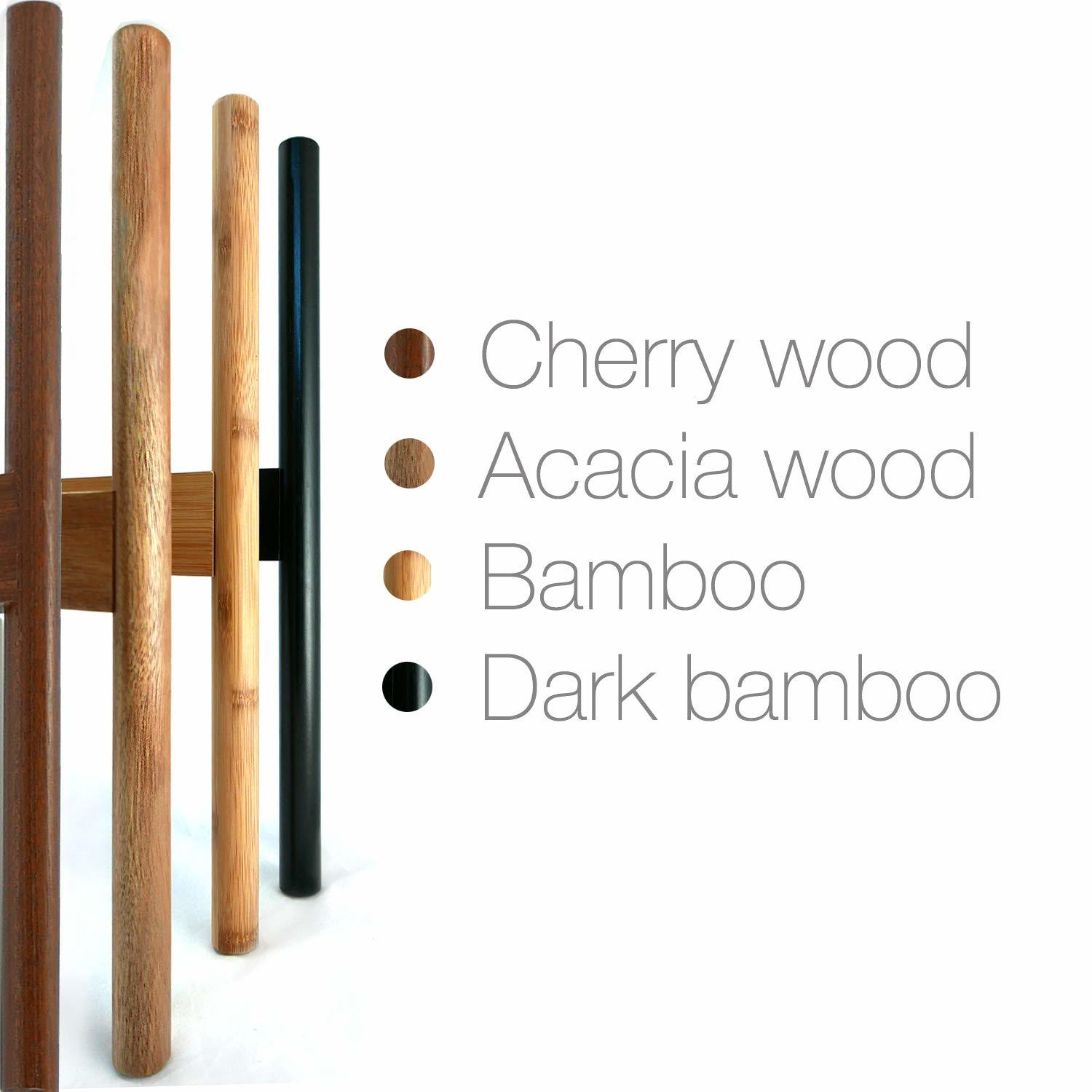
Hardwoods:The Timeless Choice
Hardwoods are derived from deciduous trees that shed their leaves annually.They are known for their density,strength,and natural resistance to wear and tear.Some of the most popular hardwoods for plant stands include oak,maple,and walnut.
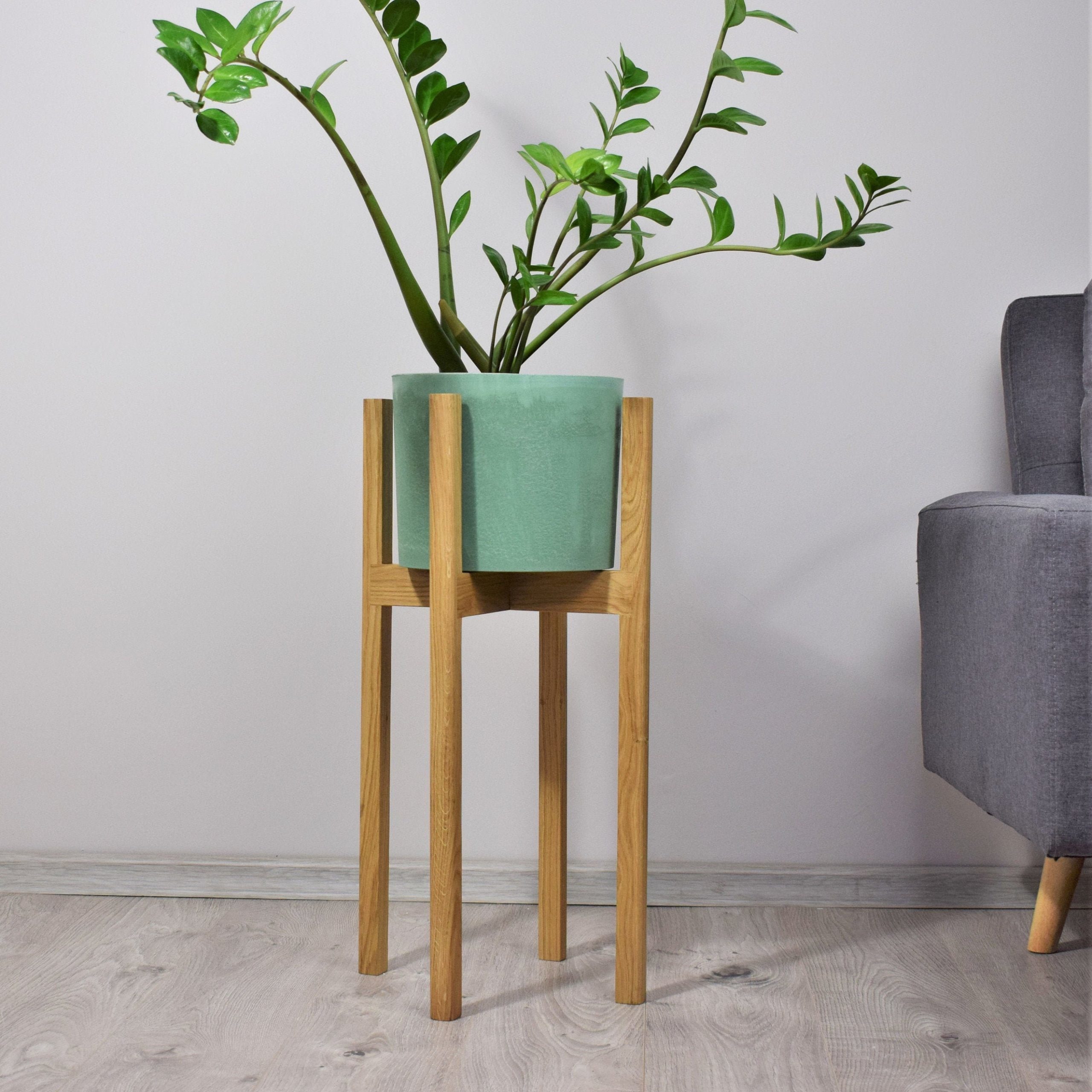
Oak
Oak is a classic choice for furniture,and plant stands are no exception.It is a robust wood with a pronounced grain pattern that adds a touch of rustic charm.Oak's high density makes it incredibly durable,capable of withstanding the weight of heavy potted plants without warping or breaking.Additionally,oak is resistant to moisture,which is essential for plant stands that may be exposed to water from watering cans or humid environments.Whether you opt for red oak,with its reddish hue,or white oak,known for its light,creamy color,oak plant stands are sure to be a long-lasting addition to any space.
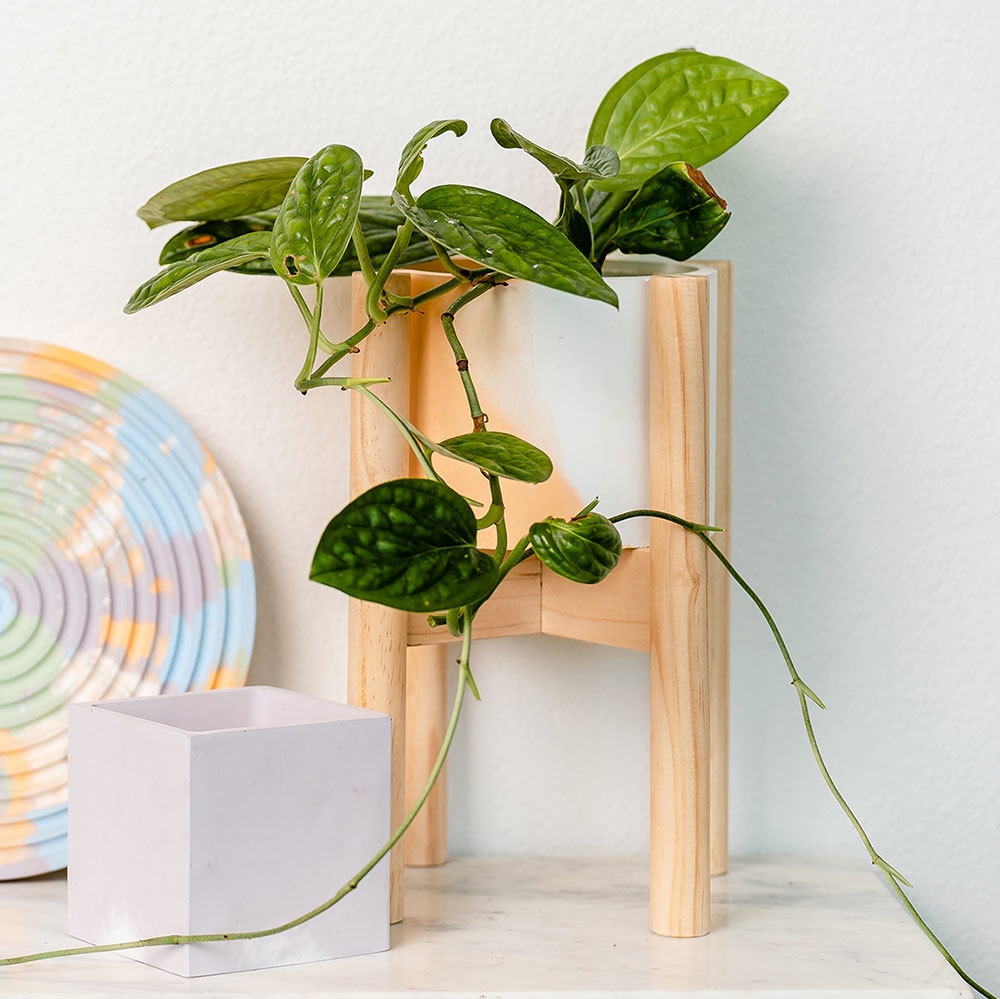
Maple
Maple is another excellent hardwood option for plant stands.It is renowned for its fine,even texture and light color,which gives it a clean and modern appearance.Maple's hardness makes it resistant to scratches and dents,ensuring that your plant stand maintains its pristine look over time.Moreover,maple is relatively easy to work with,allowing for intricate designs and smooth finishes.It can be stained to achieve a variety of shades,making it versatile enough to match different interior styles.A maple plant stand can effortlessly blend into a minimalist living room or a contemporary garden setting.
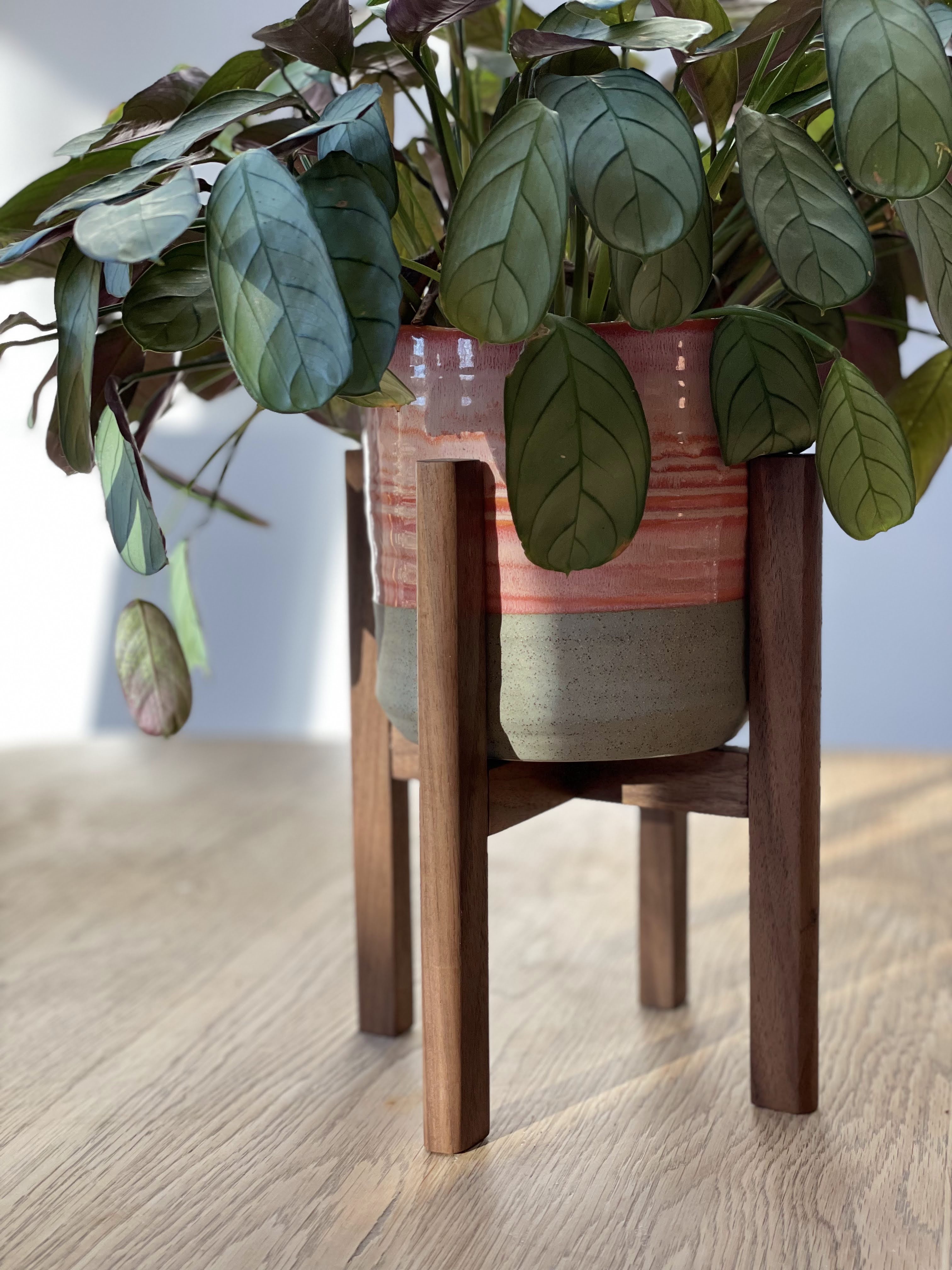
Walnut
For those seeking a more luxurious and sophisticated look,walnut is the ideal choice.Walnut wood features a rich,dark brown color with beautiful grain patterns that can vary from straight to wavy.Its natural beauty requires little enhancement,often looking stunning with just a clear finish.Walnut is also a durable wood,although it is slightly softer than oak and maple.It has a natural resistance to decay,making it suitable for both indoor and outdoor plant stands.A walnut plant stand can elevate the aesthetic of any room,adding a touch of elegance and warmth to the space.
Softwoods:The Affordable and Versatile Option
Softwoods come from coniferous trees that remain evergreen throughout the year.While they are generally less dense than hardwoods,they offer their own unique advantages.Pine and cedar are two softwoods that are commonly used for plant stands.

Pine
Pine is a popular choice for its affordability and availability.It has a light,natural color with visible knots that give it a charming,rustic appearance.Pine is relatively easy to work with,making it a favorite among DIY enthusiasts and furniture makers alike.Although it is softer than hardwoods,pine can still be quite durable when properly treated and maintained.It is important to note that pine is more susceptible to moisture damage,so it is best suited for indoor plant stands or those that are protected from direct contact with water.With its versatile look,pine can fit into a variety of decor styles,from farmhouse chic to modern eclectic.
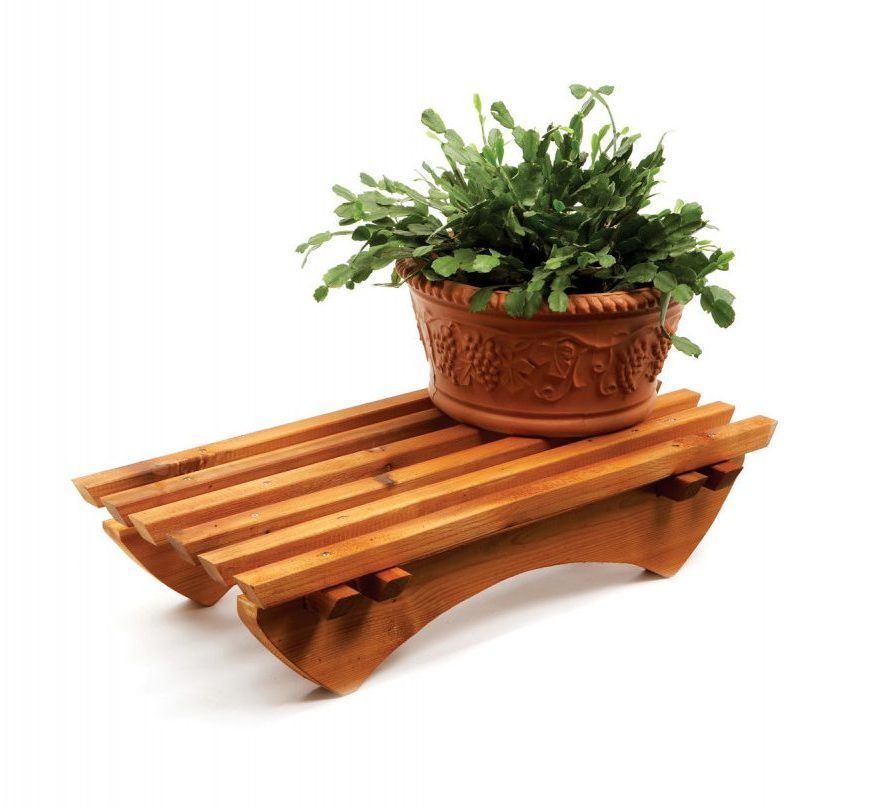
Cedar
Cedar is another softwood that stands out for its natural resistance to moisture and insects.This makes it an excellent choice for outdoor plant stands or those placed in damp environments.Cedar has a distinctive,aromatic scent that not only repels pests but also adds a pleasant fragrance to the surrounding area.Its reddish-brown color and straight grain pattern give it a natural beauty that can enhance any garden or patio setting.Cedar is also lightweight,making it easy to move around if needed.A cedar plant stand can withstand the elements while providing a stylish and functional home for your plants.
Considerations Beyond Wood Type
When selecting wood for a plant stand,it is essential to consider factors beyond the type of wood itself.The finish applied to the wood can significantly impact its durability and appearance.A high-quality sealant or varnish can protect the wood from moisture and UV damage,extending its lifespan.Additionally,the design and construction of the plant stand play a crucial role in its overall functionality and stability.Proper joinery techniques and reinforcement can ensure that the plant stand can support the weight of plants and withstand daily use.
Choosing the right wood for a plant stand depends on your specific needs,preferences,and budget.Hardwoods like oak,maple,and walnut offer durability,natural beauty,and a timeless appeal.Softwoods such as pine and cedar provide affordability,versatility,and unique characteristics that can enhance the aesthetic of your space.By considering the properties of each wood type and taking into account factors such as finish and construction,you can create a plant stand that not only supports your plants but also adds a touch of elegance and charm to your home or garden.
Next Page

